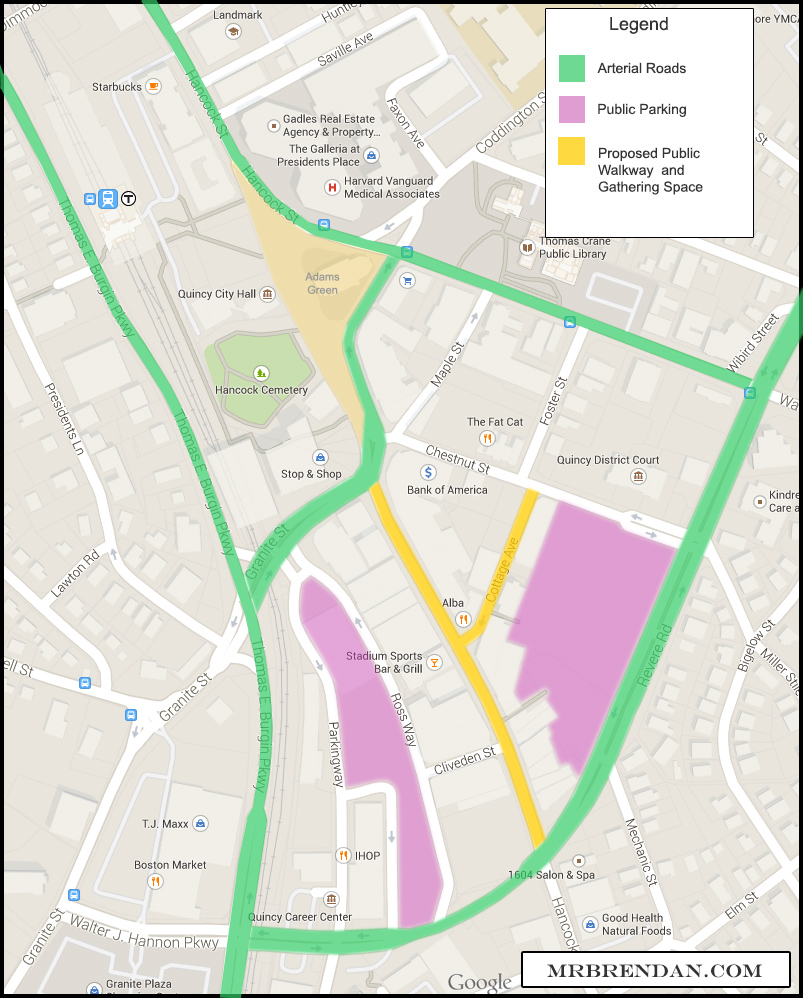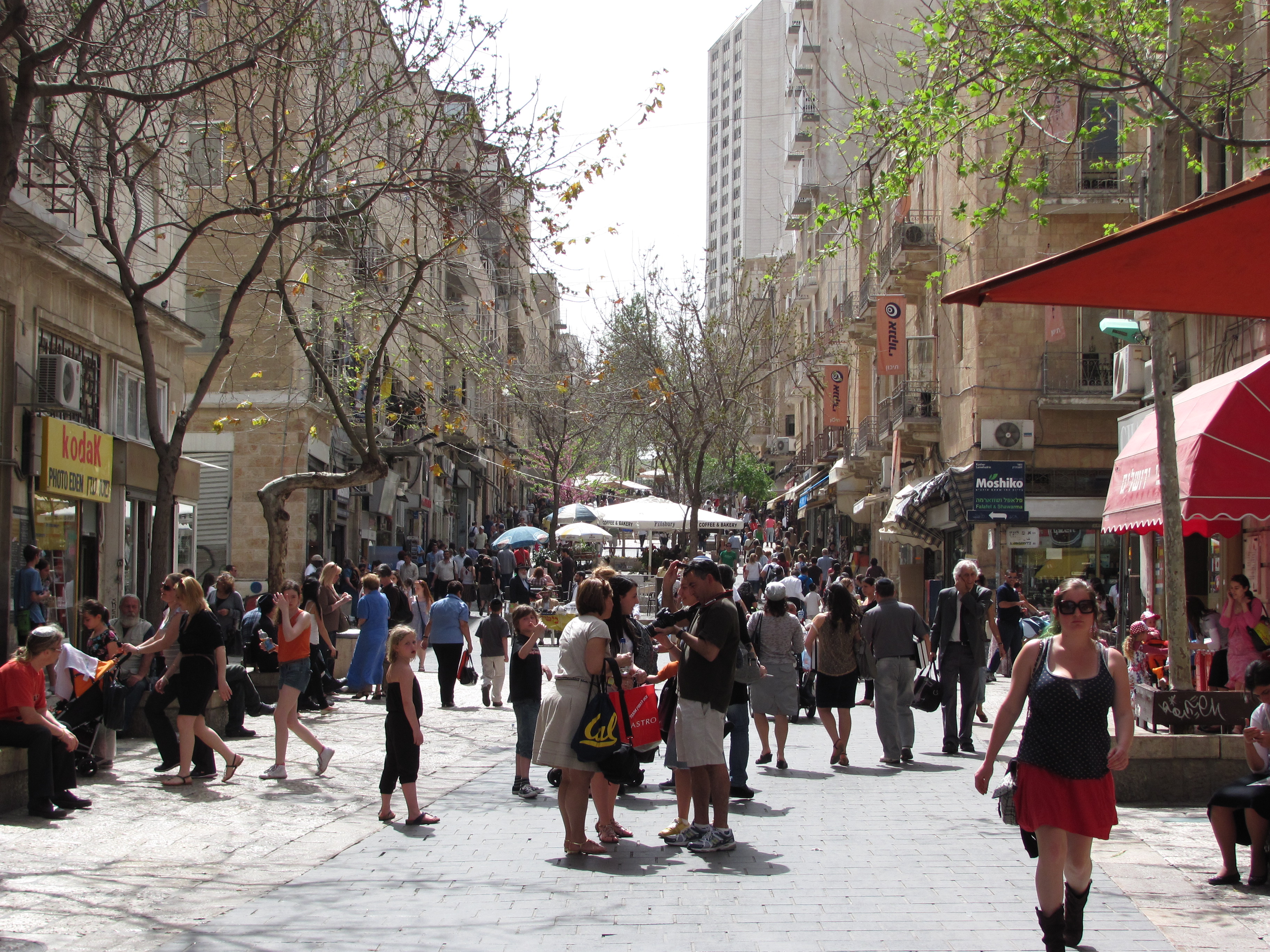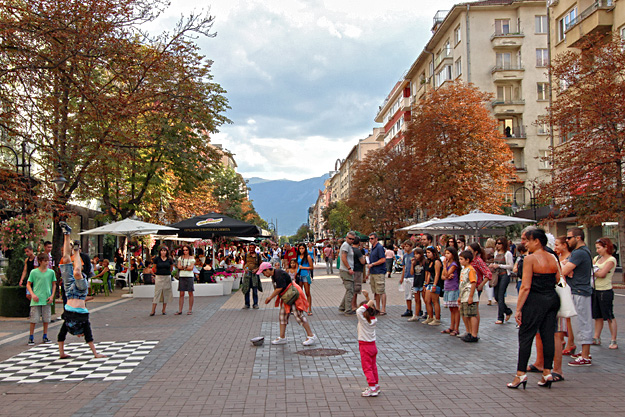Introduction
Quincy, Massachusetts. A long time blue-collar city just outside of Boston which was long known for its shipbuilders, Granite and in the very old days.. an airport and flight firsts. (Yes, Quincy used to have an airfield.) Today, Quincy Center and Quincy as a whole is on the fringe of undergoing very large – some may even say controversial changes to its traffic patterns and infrastructure for future use. That is the subject of this article today.
I recently read a book called ‘Walkable City‘ by Jeff Speck, a Massachusetts native. In this book and several other books like it, he waxes poetic about multi-modal transportation and the modern renaissance movement consisting of cities taking back their public spaces and making them more accessible to pedestrians and to other modes of transportation other than cars. And in other books, there seems to be a common theme among those who have spent the better part of their lives studying transportation, public spaces and general livability standards around the world, that cities should take back their public spaces and make them great spaces that attract all kinds and can be used by the public for things other than traffic.
Quincy, like many cities in the late 1800s to the early 1900s experienced a modest lifestyle and social scene led by its working class. Word War I to World War II brought with it modest prosperity with heavy industry, namely shipbuilding and other military-based factories. Before WWI, main transportation methods were horse-drawn carriage and good ol’ fashioned walking. Just before WWII trolleys became the main public transport method through Quincy’s main thoroughfares along with the introduction of the automobile. Between the 1950s to 1960s the automobile became affordable to the average American and a status symbol of the average family in the industrialized world. When this occurred, it changed the way we thought about cities. Urban Planning problems used to center around walking distances and what serves the community best in terms of access to public spaces. [pullquote]When the automobile started to become a primary method of transport, it changed the way urban planners thought about traffic problems and getting from point A to point B effeciently. The focus shifted from public spaces and pedestrian concerns and instead focused on traffic patterns and traffic easement. This changed the scale in which planners thought about cities and towns. Now the prosperous could live in suburbs and only travel to the cities as needed. And planners focused on exactly that. How to get folks in and out.[/pullquote]
Today, we are finally becoming introspective and realizing that optimizing design of cities and towns for the automobile isn’t a key factor for desirable neighborhoods. No longer should we design cities from the aerial view, the macro level. We should design from the pedestrian point of view – the human scale. And when those in the position of town planner start to really embrace these ideals, then we can really start to have conversations that bear fruit; not just for the average pedestrian – but the city as a whole.
And finally that brings me to my point. After reading these books, watching these youtube videos linked above… i started to think why Quincy seems so stagnant. It’s adjacent to a major industrial hub (Boston), where Tom Menino, may he rest in peace… had the foresight to create the innovation district, he pushed for Hubway to come to Boston and make bicycling no longer an activity where you take your life into your hands on a daily basis, but instead a way for the average worker to be able to get their bike at South Station and ride to the North End, grab a pizza at Pizzeria Reginas, ride back, all within lunch hour. Menino was onto something…
The Problem
So why do i think Quincy needs something other than what it already has? Well let us focus on a small swath of Hancock Street. The section of Hancock Street, between Granite Street and Hannon Parkway. I think most constituents of Quincy would find this section to be considered ‘Downtown Quincy‘. Well, what’s wrong with it? I’m so glad you asked…
First, let’s talk about the layout. It’s a bi-directional/two lane street with parking on both sides. As it currently stands, I counted 11 storefront properties vacant. Not including those vacated in anticipation of the Quincy Redevelopment Project. Having 11 storefronts empty on the equivalent of two city blocks not only instills a sense of instability for local shop owners and entrepreneurs, but the subliminal impact that has on residents and shoppers alike forces them to instead visit South Shore Plaza or Braintree MarketPlace instead for their shopping needs. Maybe that’s a bad comparison, because nobody wants this section of Hancock Street to become a competitor to a mall. In fact, quite the opposite. Regardless, this section of Hancock Street has always languished in one form or another since i was a child. I remember as a young kid going to the movie theater on occasion and once the movie was out, going to Hobbytown to buy a model airplane. Even back then, they couldn’t fill all the business space in the movie theater building. Still, I think back to Quincy Center of the late 80’s and very early 90’s with positive memories.
But that is no longer the case. Sure, there are prosperous businesses there, Fuji 1546 being one of them and those taking a courageous leap of faith, like the new Angelo’s coal fired pizza. But the majority of businesses there today are takeout pizza and nail salons. And while those businesses do serve a function to the city, they are hardly what makes a great public space.
The Proposal
Ok enough talk, get to your point! Fine. My proposal is this… This section of Hancock Street needs to closed off to vehicular traffic. It needs to become a promenade, a well groomed promenade. We need to take back the design of our public spaces from the heyday of the automobile to what they need to become for the 21st century and beyond.
The Hancock Street Promenade.

Quincy is unique in that it already has all the infrastructure it would need to support this promenade. Above you can see that this section in yellow is surrounded by arterial roads, in green. It’s also surrounded by very large parking areas, in purple. There are enough large roads and parking to support this model of pedestrian/shopper/bicycle friendly promenade. For almost a century it has been focused on powered transportation needs and in the more recent decades has languished as a result. I believe that transforming this into a desirable public promenade would elevate Quincy and attract businesses it couldn’t dream of attracting today.
Why now? Mayor Koch deserves praise for taking the political risk of proposing the Adams Green. It’s a big ask of the city and re-routing its main road around a park is something many politicians wouldn’t dare. Especially considering the cost. So I have to give credit where credit is due. Koch has taken considerable heat and nobody likes to be on the hot seat. That being said – i think the Adams Green project is a great step in increasing value and beautiful useful public space and the addition of the Hancock Street Promenade is the perfect compliment and just the thing to truly make it a desirable place that people want to be.
As it stands today:

What it could look like, tomorrow:

Let’s take a moment to look at the pros and cons of this proposal…
Pros:
- Beautiful public space that will attract new businesses. (Not just pizza/sub shops).
- Increased tax revenue that will be the result of completely occupied desirable downtown district.
- The city can finally begin to charge for parking downtown, due to the increased demand of the now desirable public space.
- Having a strong desirable public space attracts more residents, thereby filling vacancies in the newly created residential properties.
- Home values increase, and thereby tax revenue increases.
- Relatively cheap to enact, put down some nice brick, surface drainage that feeds the existing underground systems and place bollards to block the street. Done.
Cons:
- Traffic re-routing. Cars/Trucks will instead have to use Washington Street and McGrath Highway. (They are arterial roads anyway.)
- Initial public adoption of re-routing.
The cons aren’t even that bad considering that once the Adams Green project is completed, the impact on traffic in that area will most likely make it less desirable to drive down that section of Hancock Street anyway! Europeans have known for centuries how to properly design cities. (Well, except for the Germans. No offense.) Why do so many Americans enjoy traveling to little towns and cities sprinkled throughout Europe? Because we are unknowingly in love with the urban planning of yesteryear. We are enamored by their defiance to change their cities for the automobile. Been to Amsterdam or London lately? They ban automobiles in large parts of their cities. They must be hurting economically, right? Nope, they are thriving as a result! These are not, some outlandish or liberal hippie ideas about how to build inviting infrastructure, it’s now becoming common sense around the world.
[pullquote]Quincy needs to stop trying and mostly failing to catch up to desirable cities like Cambridge, Milton and Brookline and surpass them in public space design. I think Jay-Z said it best when he said – “I’m not looking at you, i’m looking past you!” Could Cambridge close a two block section of Mass Ave? Nope, no alternative arterial roads. Could Brookline close off a section of Beacon street? Nope, not enough land to support parking infrastructure. Again, that’s what makes this proposal so unique. Quincy already has the infrastructure in place!
[/pullquote]
Incentive
Nothing gets done in local government without incentive, right? So what are the incentives to get this project going?
1. Economic
- Business Tax Revenue.
- Increased home value, thereby Tax Revenue.
- Justified Parking Meters on surrounding streets and increased rates in parking lots.
- Parking ticket revenue.(Just ask Boston about this one…)
- Relatively cheap project to complete.
2. Health
- Quincy historically has a decent walkscore, but with a renewed downtown district, surely this would increase.
- More walking and bicycling is exactly what our obese population needs more of.
- More trees and sustainable outdoor living space creates a soothing atmosphere for all.
3. Social
- Outdoor living and eating space forces social interaction.
- Desirable public space breeds positive community action and discourages crime.
- Happiness Indexes/Lifespan indicators have a direct correlation to the amount of desirable public spaces.
- Encourages different demographics to interact.
4. Legacy
- What better gift for our mayor and planning team to leave the next generation than a beautiful and prosperous downtown?
Some may scoff at the mention of WalkScore and Happiness Indexes, but if you look at any Real Estate website, they pay big dollars to get these tools integrated into their websites because home buyers place value in these factors. No longer are potential home buyers only interested in the school systems, they are now concerned with the quality of life in their cities and towns.
Comparison
Lets take a moment to look at some of the great promenades of the world…





